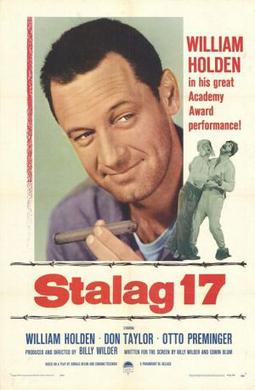A blog formerly known as Bookishness / By Charles Matthews
"Dazzled by so many and such marvelous inventions, the people of Macondo ... became indignant over the living images that the prosperous merchant Bruno Crespi projected in the theater with the lion-head ticket windows, for a character who had died and was buried in one film and for whose misfortune tears had been shed would reappear alive and transformed into an Arab in the next one. The audience, who had paid two cents apiece to share the difficulties of the actors, would not tolerate that outlandish fraud and they broke up the seats. The mayor, at the urging of Bruno Crespi, explained in a proclamation that the cinema was a machine of illusions that did not merit the emotional outbursts of the audience. With that discouraging explanation many ... decided not to return to the movies, considering that they already had too many troubles of their own to weep over the acted-out misfortunes of imaginary beings."--Gabriel García Márquez, One Hundred Years of Solitude
Wednesday, June 22, 2016
Stalag 17 (Billy Wilder, 1953)
After their success with Sunset Blvd. (1950), Billy Wilder and Charles Brackett went their separate ways. They had been one of the most successful teams in Hollywood history since 1938, when they began collaborating as screenwriters, and then as a producer (Brackett), director (Wilder), and co-writer team starting with Five Graves to Cairo in 1943. But Wilder decided that he wanted to be a triple-threat: producer, director, and writer. His first effort in this line, Ace in the Hole (1951), was, however, a commercial flop. so he seems to have decided to go for the sure thing: film versions of plays that had been Broadway hits and therefore had a built-in attraction to audiences. His next three movies, Stalag 17, Sabrina (1954), and The Seven Year Itch (1955), all fell into this category. But what Wilder really needed was a steady writing collaborator, which he didn't find until 1957, when he teamed up with I.A.L. Diamond for the first time on Love in the Afternoon. The collaboration hit pay dirt in 1959 with Some Like It Hot, and won Wilder his triple-threat Oscar with The Apartment (1960). Which is all to suggest that Stalag 17 appeared while Wilder was in a kind of holding pattern in his career. It's not a particularly representative work, given its origins on stage which bring certain expectations from those who saw it there and also from those who want to see a reasonable facsimile of the stage version. The play, set in a German P.O.W. camp in 1944, was written by two former inmates of the titular prison camp, Donald Bevan and Edmund Trczinski. In revising it, Wilder built up the character of the cynical Sgt. Sefton (William Holden), partly to satisfy Holden, who had walked out of the first act of the play on Broadway. Sefton is in many ways a redraft of Holden's Joe Gillis in Sunset Blvd., worldly wise and completely lacking in sentimentality, a character type that Holden would be plugged into for the rest of his career, and it won him the Oscar that he probably should have won for that film. But it's easy to see why Holden wanted the role beefed up, because Stalag 17 is the kind of play and movie that it's easy to get lost in: an ensemble with a large all-male cast, each one eager to make his mark. Harvey Lembeck and Robert Strauss, as the broad comedy Shapiro and "Animal," steal most of the scenes -- Strauss got a supporting actor nomination for the film -- and Otto Preminger as the camp commandant and Sig Ruman as the German Sgt. Schulz carry off many of the rest. The cast even includes one of the playwrights, Edmund Trczinski, as "Triz," the prisoner who gets a letter from his wife, who claims that he "won't believe it," but an infant was left on her doorstep and it looks just like her. Triz's "I believe it," which he obviously doesn't, becomes a motif through the film. Bowdlerized by the Production Code, Stalag 17 hasn't worn well, despite Holden's fine performance, and it's easy to blame it for creating the prison-camp service comedy genre, which reached its nadir in the obvious rip-off Hogan's Heroes, which ran on TV for six seasons, from 1965 to 1971.
Links:
Billy Wilder,
Donald Bevan,
Edmund Trczinski,
Harvey Lembeck,
Otto Preminger,
Robert Strauss,
Sig Ruman,
Stalag 17,
William Holden
Subscribe to:
Posts (Atom)
